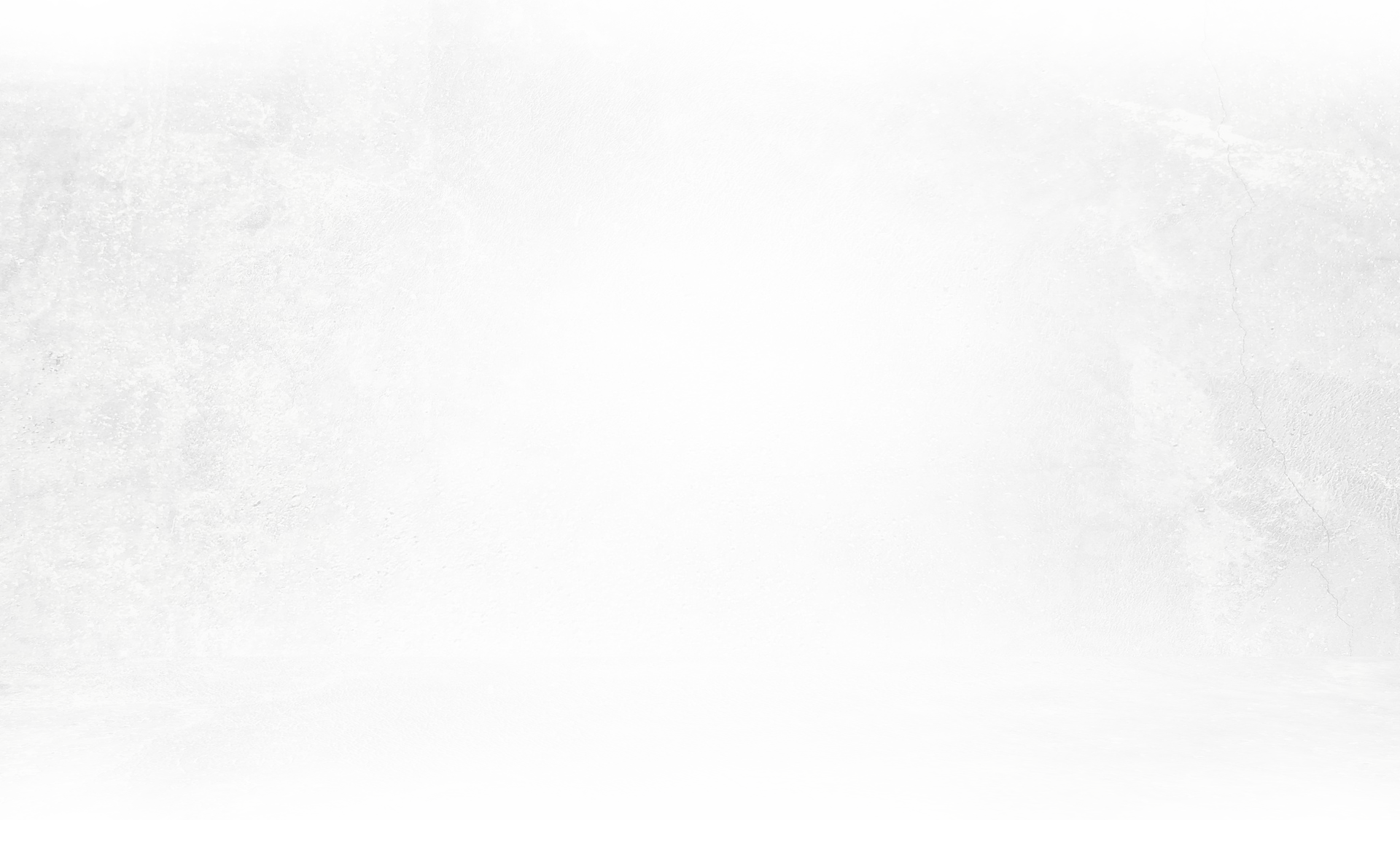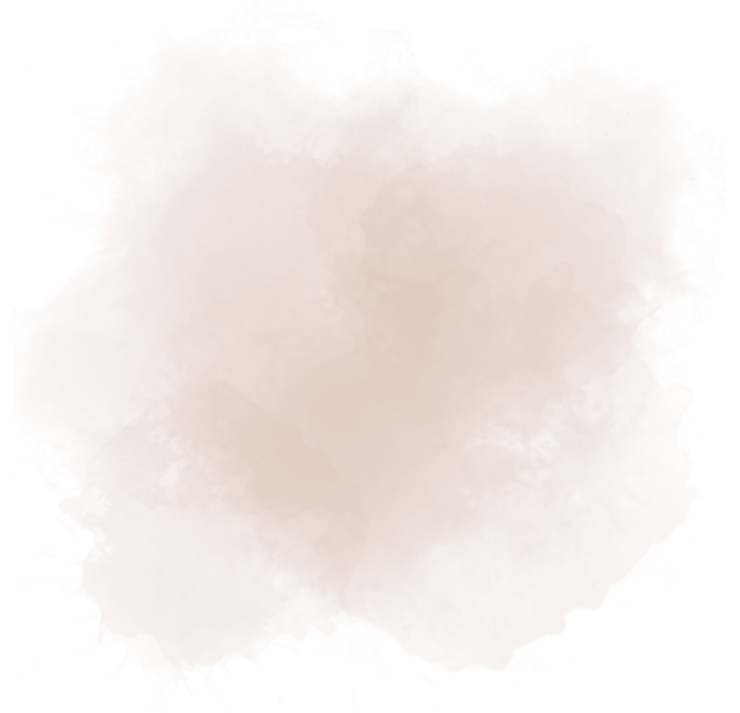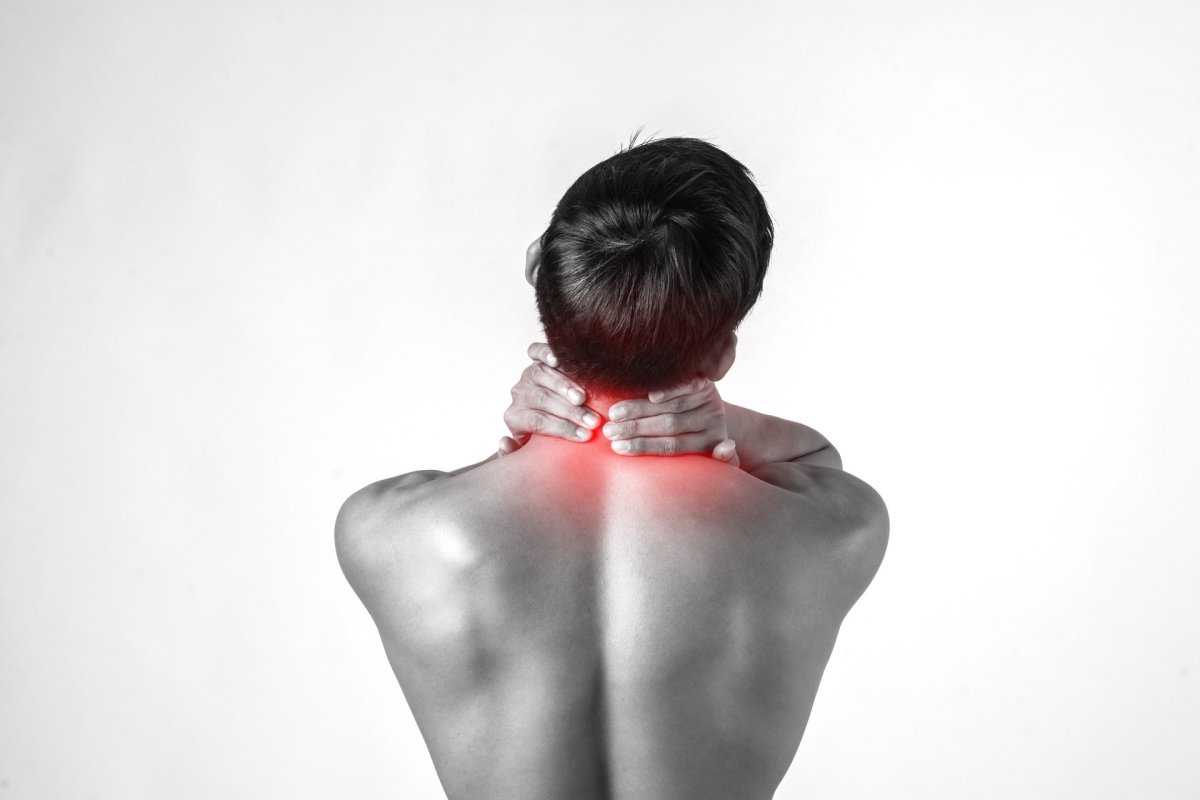



Nowadays, most of the people are physically inactive and most of the time, busy on phone and computer. Unusual positions for a long time give rise to degenerative (wearing away) diseases. Cervical spondylosis is one such spinal problem.
What is Cervical Spondylosis
Cervical spine in the neck has seven vertebrae. Between the two vertebrae, there is a spongy gel-like substance caIled intervertebral disc (IV disc) which provides a cushioning effect.
Cervical Spondylosis is a common age-related condition that affects the joints and IV discs of the cervical vertebrae. It develops due to the wear and tear of bones and cartilages. It worsens with age.
Diagnosis
Your doctor will ask in detail about your symptoms and conduct the following:
Physical Exam
Movement range of your neck, reflexes, muscle weakness, strength in your arms, hands and fingers, touch sensation, blood flow, flexibility in your neck and hands are tested. Your doctor may also look for trigger(tender) points in the neck and shoulder by gently pressing on them. Your gait(the way you walk) is also examined.
If your doctor suspects Cervical Spondylosis, they will confirm the diagnosis with the following tests:
X-rays
Bone overgrowths and other abnormalities can be determined by X-rays.
CT Scan
More detailed images of your neck are obtained by this scan.
MRI Scan
Damaged soft tissues, bulging discs and pinched nerves can be located by MRI scan.
Myelogram
Certain areas of your spine are highlighted by a dye injection and then more detailed images of the area are obtained using CT scan or X rays.
Electromyography
It measures the electrical activity of nerves by checking the speed and strength of the nerve signals.
Symptoms
Most of the people with cervical spondylosis show no symptoms. When symptoms do occur, they typically include pain and stiffness in the neck.
Other common symptoms are:
Pain around the shoulder blade.
There may be pain along the arm and in the fingers which might increase while standing, sitting, sneezing, coughing or tilting your neck backward.
Muscle weakness
Headaches
Soreness in the neck
Muscle spasms in the neck and shoulder
Grinding or popping noise or sensation when you turn your neck
Dizziness
Sometimes, cervical spondylosis results in the pinching of the spinal cord or nerve roots, that is the space needed by the spinal cord and the nerve roots that pass through the spine to the rest of the body gets narrowed. If this happens, you might experience:
Tingling, numbness and weakness in your shoulders, arms, hands, legs or feet.
Less frequent symptoms are:
Lack of coordination and difficulty walking
Loss of bladder or bowel control
Causes
Cervical Spondylosis is caused by:
Dehydrated discs:
By the age of 40, the gel-like material inside the spinal discs begins drying out and shrinking, which allows more bone-on-bone contact between the vertebrae leading to pain.
Herniated discs
With age, cracks often appear on your spinal discs, the internal cushioning material leaks, leading to bulging(herniated discs) which sometimes can press on the spinal cord and nerve roots resulting in arm numbness, tingling and pain.
Bone Spurs
If the cartilage wears away completely, bone may rub on bone. To make up for the lost cartilage, your body may start growing new bone to support the vertebrae. These bony overgrowths called bone spurs can put pressure on the spinal cord and nerves resulting in pain. Over time, they narrow the space for the nerves and spinal cord to pass through.
Ligament stiffness
Your neck might feel tight when the tough cords that connect spinal bones to each other become more stiffer over time.
Intervertebral disc prolapse
Sometimes IV discs may slip from vertebral space causing compression to nerves resulting in pain and numbness.
Overuse
Some occupations/ hobbies that involve repetitive movements or heavy lifting can put extra pressure on the spine. So early wear and tear occurs.
Osteoarthritis
Cartilage wears away faster with osteoarthritis.
Risk Factors
Aging is the most common risk factor. Other factors that increase your risk are:
Neck injuries
Heavy lifting, looking overhead or looking downwards for long or keeping head at an improper position for long hours.
Repetitive neck movements
Family history
Smoking
Overweight and inactivity
Depression or anxiety
Exposure to a lot of vibrations.
Digestive disorders
Treatment in Ayurveda
Vata dosha is predominant in old age. When vata aggravates, body tissues wear away. In cervical spondylosis, vata roughness causes dryness and degeneration of disc and vertebrae resulting in pain. Kapha causes stiffness and disabilities.
Treatment
To restore bone strength and rehydrate them, proper medicines with Panchakarma therapies along with Yoga and lifestyle management is effective.
Medicines
Medications pacify vata and reduce inflammation and pain. Stiffness is removed by controlling kapha. Medicinal paste application also reduces inflammation.
Panchakarma
Nasya or instillation of medicines through nose helps to correct vata and kapha imbalances.
Other Treatments
Choorna Pinda Sweda
Stiffness and inflammation are relieved by poultice of medicated powders
Pathra Pinda Sweda
Poultice of herbs strengthens the spinal discs and relieves inflammation.
Greeva Vasti and Taila Dhara
Pooling and pouring of medicated oils over the neck region gives a nourishing effect. Dehydration of IV discs is reduced.
Njavarakizhi
It relieves spasms, regains tone and provides a rejuvenating effect.
Abhyanga
Gentle Abhyanga or oil massage is useful to relieve pain.
Yoga and Diet
Yoga Asanas like Bhujangasana, Matsyasana etc. can be practised.
Nutritive light food must be consumed. Ghee helps in rejuvenation.
Kalari treatments
Kalari marma stimulations and manipulations help to correct the imperfections or long-standing injury caused to the neck and related regions. There are some special oils and herbs used to treat injuries caused during the martial arts practices which can also be used in such conditions.
Treatment at Jeevess
Cervical spondylosis is treated by Panchakarma therapy mainly Nasya in which nasal drops are administered through nostrils. Vata and kapha are alleviated. This reduces neck pain and stiffness.
Ayurvedic medicines are given to reduce vata and kapha.
Njavarakizhi is applied.
Yoga sessions, light exercises and proper diet are also part of the treatment which helps in controlling the pain to a great extent.